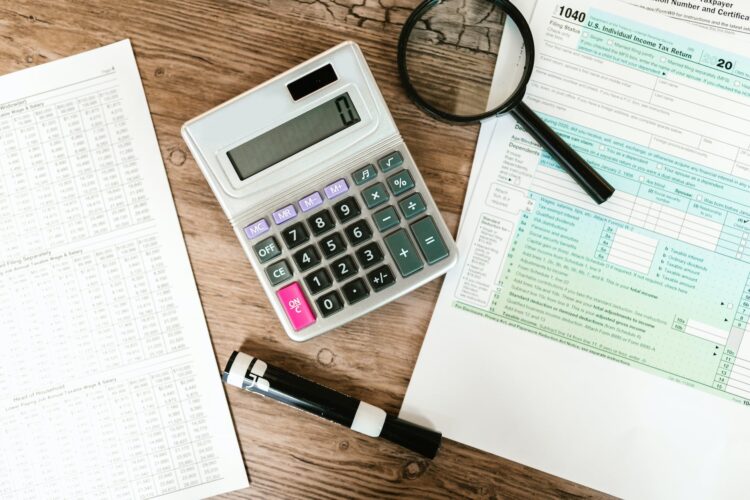In the ever-evolving landscape of personal finance, one concept that often perplexes individuals is the idea of “good debt” and “bad debt.”
We’ll delve into these two categories, explore the nuances, and provide practical insights to help you make informed financial decisions.
Understanding Good Debt
Investment in Education
Student loans are frequently deemed a positive form of debt due to their potential to yield significant returns. In this context, financing education can be a strategic investment, empowering individuals with skills and knowledge that enhance their earning potential over the long term.
By acquiring education-related debt judiciously and aligning it with career goals, individuals can view it as an investment in themselves, opening doors to higher-paying opportunities and establishing a solid foundation for sustained financial stability.
Mortgage as an Investment
Aspiring homeowners often see a mortgage as a gateway to property ownership, marking a pivotal milestone in personal finance. The notion that a mortgage, when approached prudently, is not just a means of securing a home but also a tool for building equity and wealth.
Through gradual mortgage payments, individuals accumulate ownership in an appreciating asset. Which provides a potential source of financial security and a valuable asset that may appreciate over time. There are strategic considerations that can transform a mortgage into a long-term investment rather than a mere expense.
Entrepreneurial Ventures
Embarking on entrepreneurial ventures can necessitate taking on debt, a notion we’ll explore within the framework of good debt. This section will shed light on the strategic aspects of leveraging debt to fund and grow a business. By examining how entrepreneurial endeavours can be viewed as an investment rather than a financial burden, there is the potential for such calculated risks to yield substantial financial gains in the future.
This perspective encourages entrepreneurs to weigh the short-term financial implications against the long-term benefits, emphasizing the role of debt as a tool for fostering innovation and driving financial success in the realm of entrepreneurship.
Navigating Bad Debt
Credit Card Pitfalls
Navigating the world of credit cards requires a keen awareness of potential pitfalls, as credit card debt frequently falls into the realm of bad debt due to exorbitant interest rates. In this segment, we’ll dissect the risks associated with credit card usage. And offer valuable tips for responsible credit card management.
By addressing the root causes of credit card debt, such as impulse spending and the allure of minimum payments, you need to empower yourself with practical strategies to avoid the spiral into unmanageable debt. From establishing a realistic budget to understanding the true cost of credit, having a more informed and disciplined approach to credit card use, will foster financial health and mitigate the adverse effects of high-interest debt in the long run.
Consumer Loans and Impulse Purchases
Personal loans for non-essential purchases can lead to financial strain. Be aware of the dangers of consumer debt and use strategies for avoiding unnecessary financial burdens.
Balancing Act
Creating a Debt Repayment Plan: Whether dealing with good or bad debt, having a repayment plan is crucial. It’s crucial to have practical strategies for managing and paying down debt effectively.
Emergency Fund Importance: An emergency fund acts as a financial safety net. Building this type of fund is vital in preventing the need for resorting to debt in times of unexpected expenses.
Conclusion
Making informed financial decisions in the context of personal finance requires an understanding of the distinctions between good debt and bad debt. By understanding the nuances of each and implementing practical strategies, you can navigate the complex world of debt while working towards a secure financial future.
Remember, it’s not about avoiding debt entirely but using it judiciously to achieve your long-term financial goals.
Before you go, I want to invite you to join my FREE email list community. By signing up today, you’ll get notifications of my latest posts. Plus, access to my FREE Resources Library. Click Here to sign up!
Recommended Reading:

